OnePlus 7 review: designed to tease you into a Pro model
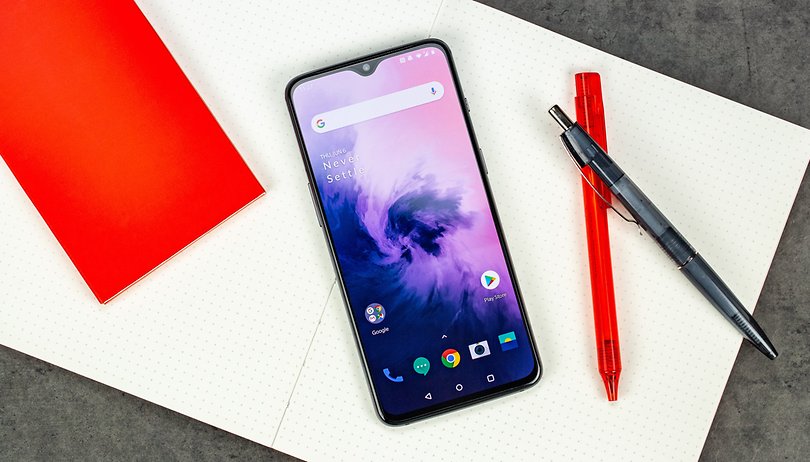

This year for the first time, OnePlus presented not one but two smartphones. While other manufacturers have been offering Plus or Pro models for some time, this is new ground for the Chinese manufacturer. As is so often the case, however, you have to do without many exciting features if you choose the normal OnePlus 7. But is it still perfectly sufficient?
Good
- Good build quality
- Strong performance
- Very reliable fingerprint scanner
- Fast software, close to stock Android
- DND (do not disturb) slider
Bad
- No wireless charging
- No IP certification
- No Warp Charge
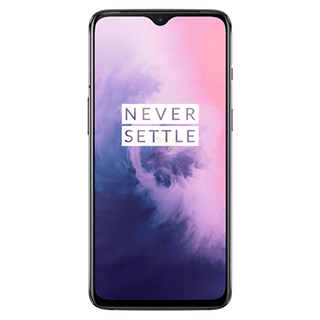
OnePlus 7 release date and price
Even though OnePlus presented the complete series consisting of the OnePlus 7, 7 Pro, and the 7 Pro 5G version together on May 14, the smartphones will be available for purchase at different times. The Pro model hit the shelves on May 17 at T-Mobile, followed by the OnePlus 7 at an unspecified later date. The OnePlus 7 will not be available in the US, though the Pro version will hit the US (starting at a price of $669).
The OnePlus 7 is available now in the UK and starts at £499 for the model with 6GB of RAM and 128GB of internal storage. A model with 8Gb of RAM and 256GB of internal storage will cost you £549.
Proven design
If you look at the OnePlus 7, it's hard to know if you're actually holding the manufacturer's new flagship in your hand. Basically, it looks exactly the same as the OnePlus 6T and could also pass as the OnePlus 6TT - after all, OnePlus generally does without major design changes with the T models and only polishes the package slightly.
But that's not really a bad thing, because the OnePlus 6T was also a pretty smartphone, so the OnePlus 7 is a beautiful phone to look at. However, a few changes are noticeable. Above the drop-shaped notch you can see a larger loudspeaker grille. The OnePlus 7 now offers stereo sound.
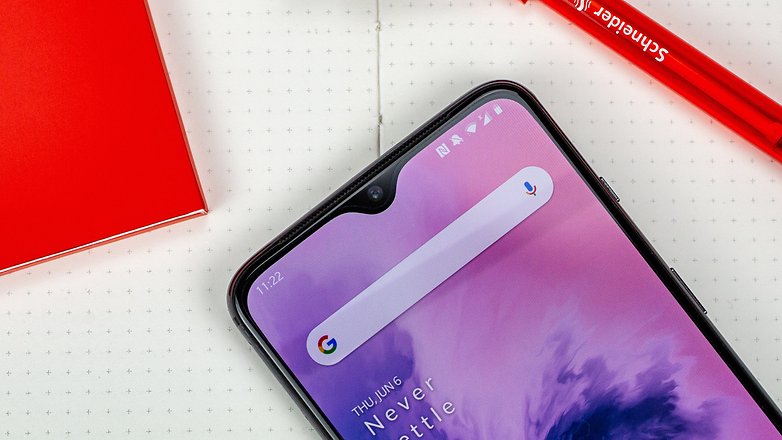
If you turn the smartphone over, you will notice the camera module that protrudes more than its predecessor. The positioning in the upper middle area has a disadvantage: If the smartphone is on its back and you touch it, it wobbles when you tap the screen. That's a bit annoying, but it's not a deal-breaker either.
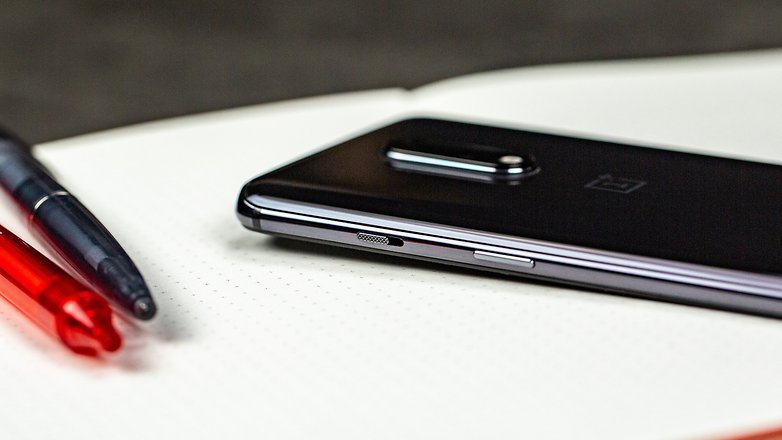
However, the manufacturer could save itself money on the back glass. It is covered with fingerprints immediately after unpacking it and then simply no longer looks nice. And because OnePlus still doesn't support wireless charging, it's superfluous in itself.
The build quality of the smartphone is otherwise however exemplary. The SIM slot in the upper left corner is flush, the volume rocker underneath has a good pressure point, as has the power button. Above it is one of my favorite features of OnePlus smartphones: the DND slider, with which the smartphone can be quickly switched from loud to vibrate or mute.
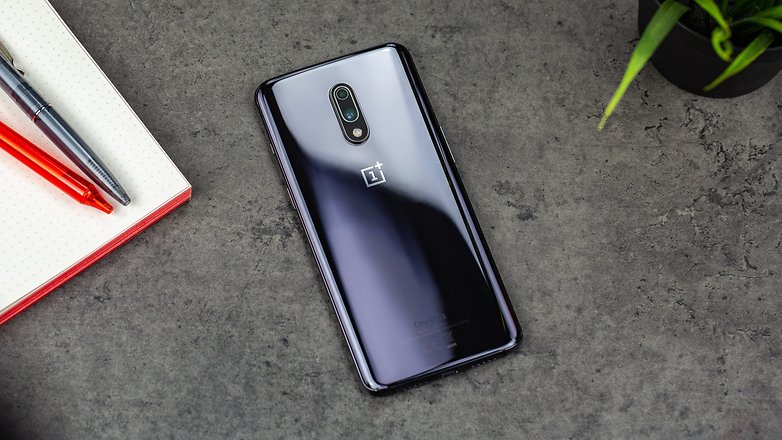
The USB port and the loudspeaker on the underside are also well installed and look classy with the metal frame. Although the OnePlus 7 is certainly not small, it feels good in the hand.
It's a shame, however, that OnePlus doesn't have IP certification. Yes, the manufacturer says that the smartphone is protected against water and dust, and just doesn't want to spend the money on certification in order to be able to offer it at a lower price. But would you be willing to test that claim?
More than just a sufficiently good display
OnePlus had already strongly pointed out its "fastest display" in the run-up to the presentation, but it's an exclusive feature of the OnePlus 7 Pro. The OnePlus 7, on the other hand, continues to rely on a 6.41-inch Optic AMOLED display - just like the OnePlus 6T. It has a resolution of 2,340 x 1,080 pixels (FullHD+) and a refresh rate of 60 Hz. In our review of the Pro model, the new 90 Hz display was completely convincing with its higher resolution and made a clear difference when scrolling through content.
You will only notice the difference if you compare the two devices directly with each other.
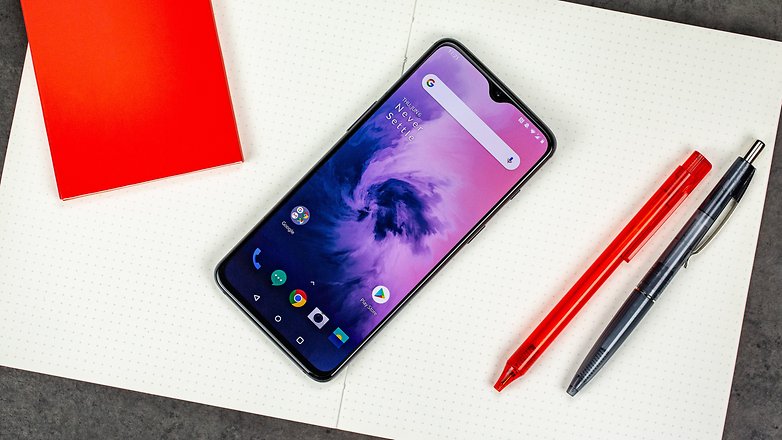
The screen convinces with strong colors and good contrast. Viewing angle stability and brightness are also good - but they shouldn't be anything else on an OLED smartphone panel in 2019. You can also adjust the colors in the settings, either with the help of prefabricated profiles or individually.
Unlike the OnePlus 7 Pro, the OnePlus 7 does not have an edge display, but a flat screen. I think that's good because I'm not a fan of the curved display edges with their additional functions at the edge of the screen.
With the update to Oxygen OS 9.5.4, OnePlus also offers DC Dimming. This prevents image flickering at low brightness, but this can lead to falsified colors, which OnePlus also points out when you turn on the still experimental setting. However, we could not detect any problems with the function.
OxygenOS is of course also on board
There is still nothing shocking about software with OnePlus. As expected, the Android smartphone runs 9 Pie with the in-house OxygenOS over the top. We don't have to write much about it anymore, it's well known and popular. OxygenOS is very close to stock Android.
OnePlus doesn't come with thousands of pre-installed, useless apps that regularly drive me crazy with some other manufacturers.
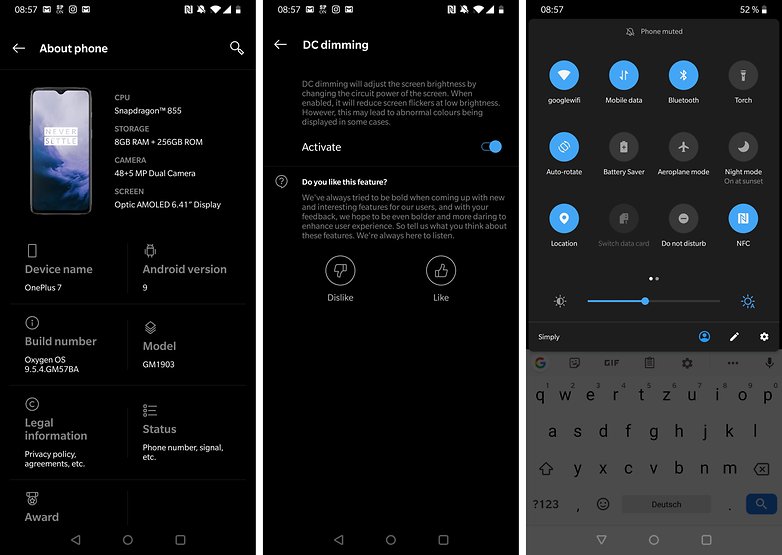
Additionally, there are some improvements compared to pure Android. I used OxygenOS completely in dark mode. There is also a gesture control that lets you open the camera when you draw an "O" on the screen.
Equipped for maximum performance
The OnePlus 7 may look like the OnePlus 6T, however, OnePlus has changed a lot on the inside and offers basically the same equipment as the more expensive Pro model.
The current high-end processor Snapdragon 855 from Qualcomm runs with the Adreno 640 graphics chip inside. The model we tested had 8 GB of RAM and 256 GB of internal storage. There is also a cheaper model with 6 GB of RAM and 128 GB. As usual with OnePlus, it is not expandable. The manufacturer, therefore, uses fast UFS 3.0 memory.
Thus, the OnePlus 7 is optimally equipped for everyday use. Nothing gets stuck here, apps open quickly and even multitasking works without problems. In our test, there was no moment when the smartphone allowed itself longer pauses for thought. The device also scored well in the benchmark tests. However, it did heat up during the benchmark runs.
OnePlus 7 benchmark comparison
| OnePlus 7 | Samsung Galaxy S10 | Huawei P30 (Pro) | |
|---|---|---|---|
| 3D Mark Sling Shot Extreme ES 3.1 | 5511 | 4299 | 3934 |
| 3D Mark Sling Shot Vulkan | 4818 | 4197 | 4134 |
| 3D Mark Sling Shot ES 3.0 | 6987 | 4381 | 3211 |
| 3D Mark Ice Storm Unlimited ES 2.0 | 65855 | 54749 | 37004 |
| Geekbench 4 (Single / Multi) | 3430 / 10458 | 4406 / 9998 | 3322 / 9710 |
| PassMark Memory | 31858 | 19720 | 30150 |
| PassMark Disk | 67702 | 75832 | 45394 |
Now you can enjoy stereo sound
First of all, the OnePlus 7 does not have a headphone jack. If you don't want to use Bluetooth headphones, you'll need a USB-C adapter - but that's just a part of smartphones these days.
On the other hand, the OnePlus 7 now offers stereo sound. The larger earpiece/loudspeaker is now used in addition to the downward-facing loudspeaker. The OnePlus 7, therefore, sounds much better than its predecessor. But of course, it remains a smartphone and is not a stereo system. The built-in loudspeakers are also Dolby Atmos certified, but that doesn't replace a proper sound system either. For videos or games, on the other hand, what is offered is perfectly sufficient.
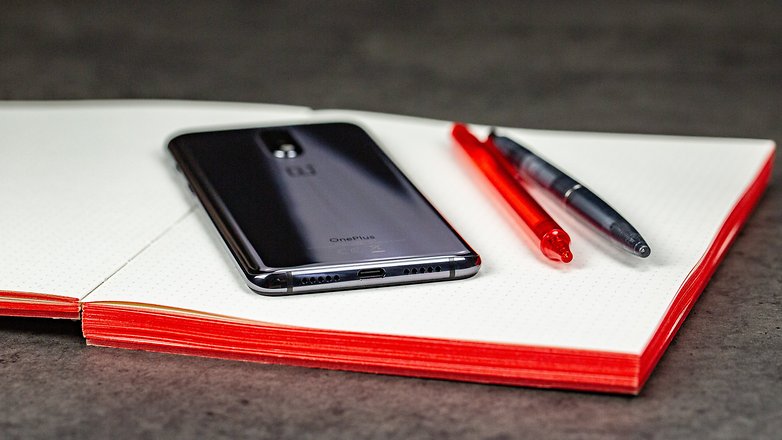
For the camera, it's the software that counts
The camera is one of the most important criteria for smartphones and for many users, it is certainly decisive for the purchase. With OnePlus, however, this part has always been a problem area. In order to be able to maintain the reputation of a flagship killer in the pack with Samsung's Galaxy S10 series, Huaweis's P30 Pro and Apple's iPhone XS, the problem zone has to be worked on. While the OnePlus 7 Pro comes with three cameras, the OnePlus 7 has two sensors:
- 48 Megapixel - f/1.7, pixel binning, OIS
- 5 Megapixel - f/2.4, depth of field
A telephoto lens or even ultra wide angle, as it is so often used at the moment, is therefore missing. For the main camera, the manufacturer relies on the currently extremely popular IMX586 sensor from Sony. This sensor uses the so-called pixel binning. Four pixels are located behind each color filter of the Bayer matrix used. These can be combined to form one pixel to capture more light.
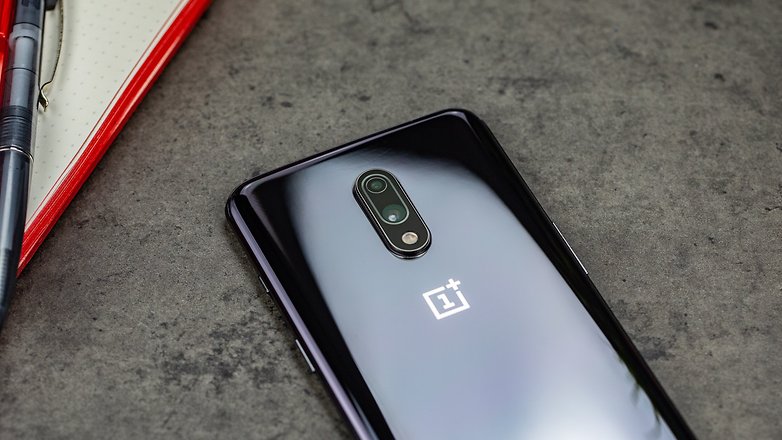
With the OnePlus 7, this happens by default. This means that the effective resolution of the photos taken is 12 megapixels. Those who want to switch to 48 megapixels have to use the Pro mode. The second sensor with its 5 megapixels is exclusively there to capture depth of field information for the popular bokeh effect.
The camera sensor isn't everything. Good camera software can change a lot, especially with current smartphones, even if only one camera is installed, see the Google Pixel 3.
OnePlus has already worked hard on its camera software in the past. The photos taken are actually good. The colors are mostly natural, the contrasts are good. However, the bokeh often looks a bit blurred.

The OnePlus 7 also offers a night mode and actually shoots photos quite quickly in this mode, but then takes some time to optimize the image - with mixed results. Sometimes OnePlus brightens images almost surprisingly, making them look really good and it's not even obvious when you look at them that they were taken in low light.

In other moments, however, it doesn't seem to make any difference whether you shoot in night mode or in normal photo mode. In this case, some details get lost and the photos look washed-out again, but noise is really limited. But take a picture yourself:
In general, the photos that the OnePlus 7 takes look really good, even if they can't compete with the impressive shots of a Google Pixel 3 XL or Google Pixel 3a. The night mode also lags behind that of the Huawei P30 Pro.
High-resolution videos
Besides the normal mode, the portrait mode and the night mode, there is a video mode in the camera app. Here you can record videos in 1080p, 1080p with 60 fps, as well as in 4K, and in 4K with 1080p, which should please video lovers. But I would like to see more settings.
The OnePlus 7 is a long-distance runner as ever
Inside the OnePlus 7 is a battery with 3,700 mAh. It provides sufficient energy. This is exactly the same capacity as with the OnePlus 6T. That's why the OnePlus 7 remains a long-distance runner. With the battery, you can easily make it through the day. With rather moderate use, which is limited to a few photos, reading the news and social media, 1.5 days are quite possible.
In my test period, there were a good six hours of display time per day. In addition, the battery-saving mode works wonders. Whenever the smartphone was out of reach of a power outlet and into the lower percentage range, this mode still managed to keep the phone going throughout the day.

The OnePlus 7 is charged via the USB-C port on the underside. Because there is still no wireless charging with OnePlus. Too bad.
The same goes for quick charging technology. It would have been nice if OnePlus would support Warp Charge 30 with 30 watts. The OnePlus 7 Pro can do that, and the OnePlus 6T McLaren Edition also offers the fast charging process. With the OnePlus 7, the manufacturer uses the same fast charging system as with the OnePlus 6T with 20 watts (5 volts and 4 amps). Yes, this is also quick - but not as quick as it could be. Too bad again.
OnePlus 7 technical specifications
A worthwhile purchase
OnePlus delivers again with the OnePlus 7. The smartphone looks good and is really fast. In short, the OnePlus 7 inspires. It's nice to see that OnePlus also uses the important innovations of the Pro model in the normal version. Sure, it is not perfect. But for the price, you get a lot.
But, unfortunately, that's not all. The fact that there is no IP certification and that OnePlus continues to do without wireless charging are real downsides. The fact that there is also no warp charge is a real shame.
In many places, it seems as if the phone is supposed to arouse a desire for the OnePlus 7 Pro. For a bit more money, there are more cameras. There is faster charging technology. There's the better screen.
Personally, however, the OnePlus 7 Pro is clearly too large and too unwieldy for me. It still offers really good hardware, a decent camera and software that runs really smoothly for the price. But for the same price, there are also alternatives. For example the ZTE Axon 10 Pro, which offers more in terms of camera and features, but also in terms of performance.
And the OnePlus 6T is also a real alternative. If you don't need the faster processor and memory or if you have a OnePlus 6T already, you certainly don't need to upgrade. But, if you're looking for a current Android smartphone with flagship equipment under the hood, can do without features such as wireless charging and IP certification, and don't want to invest as much money, you'll find what you're looking for here.
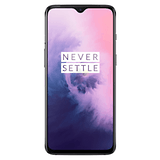






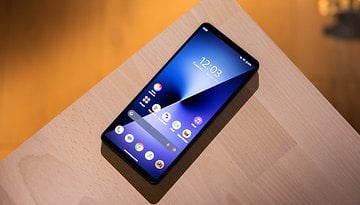
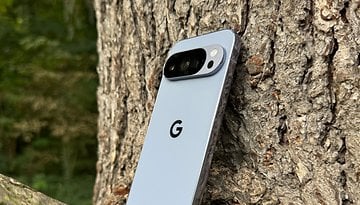
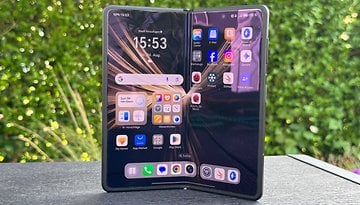
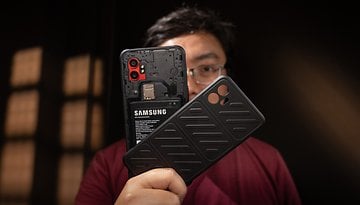

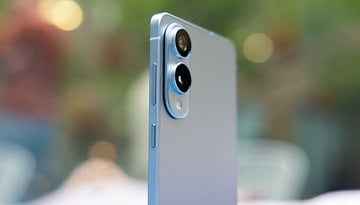

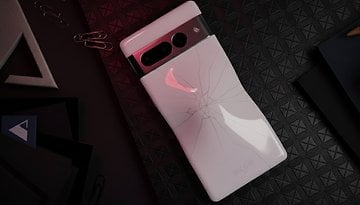
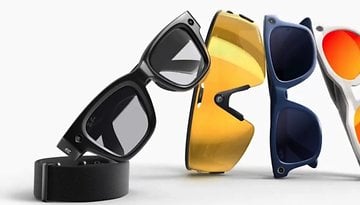

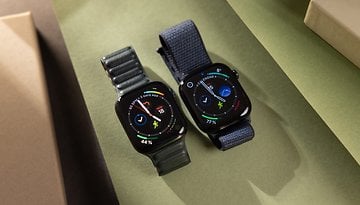
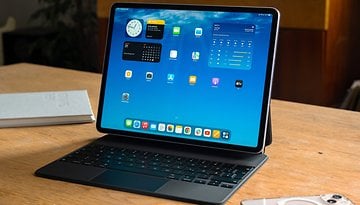


I'm using OnePlus 7 from the last 30 days and all I can say that it's a blazing fast phone.